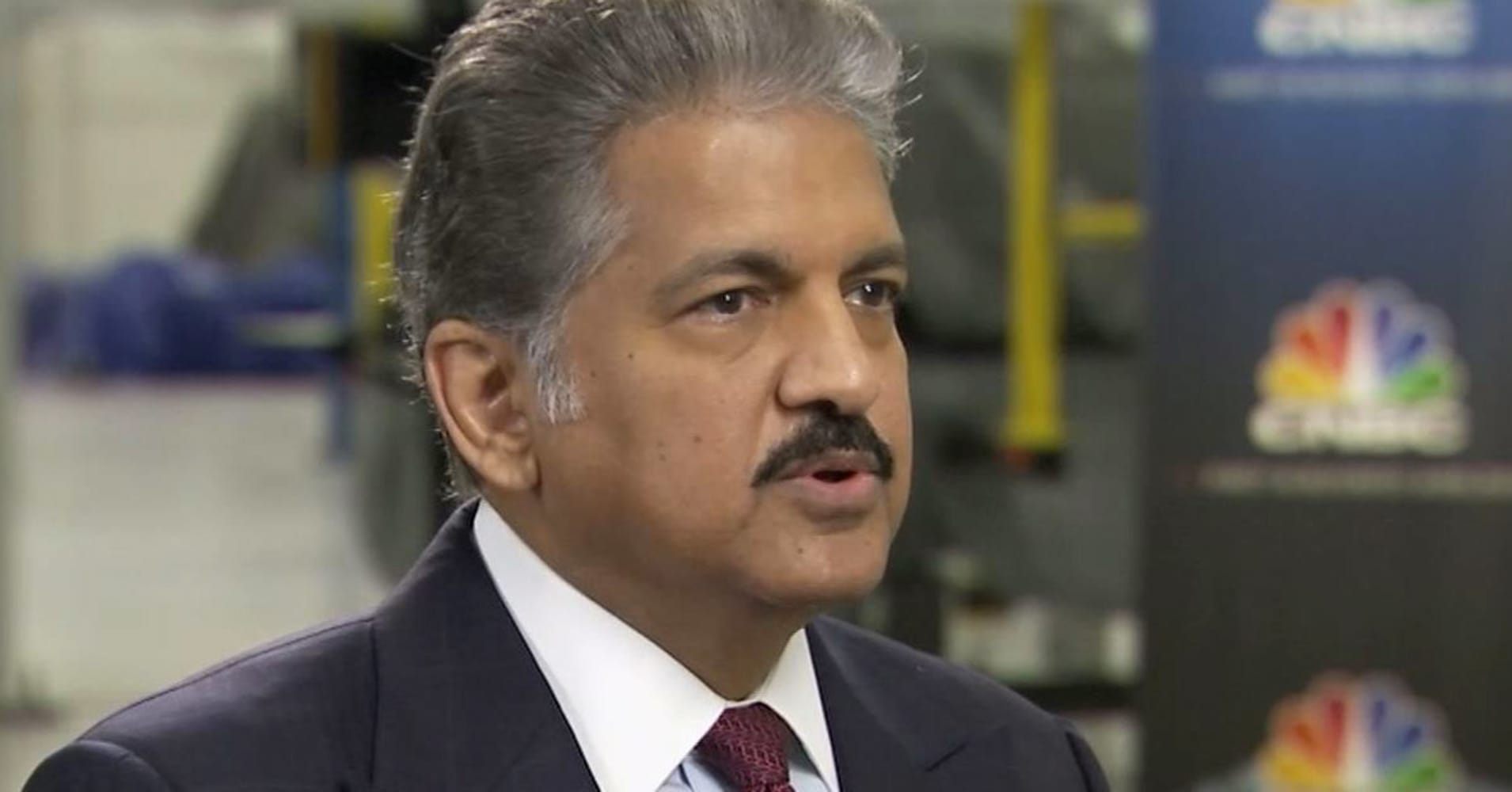
Daimler’s Mercedes now uses a four-cylinder engine produced by Nissan for vehicles it assembles at its own factory in Vance, Alabama. Nissan’s luxury line Infiniti partnered with Mercedes on a new assembly plant in Aguas Caliente, Mexico. Together, the companies came up with the underlying “architecture” used for both the new Smart fortwo and Renault Twizy microcars.
“I can tell you the synergies we developed here are significant and can go further,” said Ghosn, with Zetsche adding that he sees plenty of “blank spaces” left for the partners to explore.
Even small, short-term deals can yield substantial savings. The development of a transmission, especially today’s most fuel-efficient versions, can run into the hundreds of millions of dollars. Pooling resources, GM and Ford got two new ones for little more than they separately would have paid for a single automatic gearbox.
Not every alliance works out as planned, of course. A decade ago, GM, BMW and what was then Chrysler partnered on the development of a new hybrid drivetrain. The partnership was plagued with problems and the final product fell short of expectations. The carmakers quickly abandoned the technology.
In 2005, meanwhile, GM had to shell out $2.5 billion to exit from an ill-fated partnership with Fiat. Ironically, that helped provide the financial foundation the Italian company needed for it to acquire Chrysler when it was in bankruptcy a few years later.
One of the challenges, industry experts stress, is to ensure there’s a common vision for what the partners intend to do. But another challenge is “making sure the corporate cultures can get along,” said David Cole, director-emeritus of the Center for Automotive Research in Ann Arbor, Michigan.
Be the first to comment